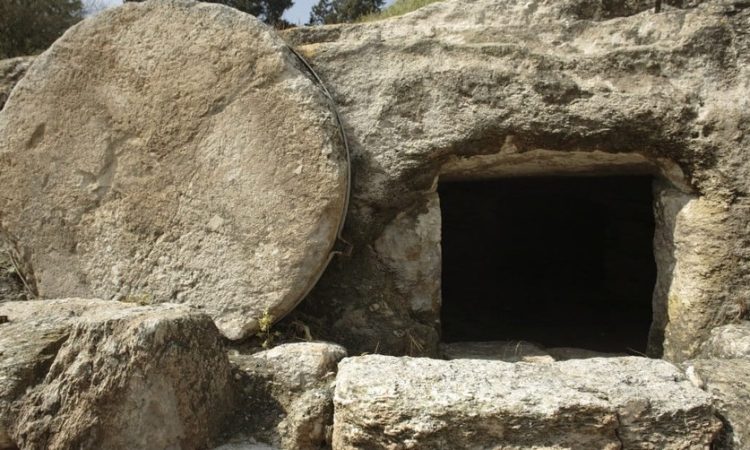Garden of Resurrection: Ancient Olive Trees & Vine Traces Found at Holy Sepulchre Confirm Biblical Account of Jesus’ Burial

Jerusalem – In a stunning discovery that bridges faith and archaeology, a groundbreaking study at the Church of the Holy Sepulchre has unearthed traces of a 2,000-year-old garden—directly aligning with the Gospel’s description of Jesus’ burial site. The findings, hailed as a remarkable affirmation of Scripture, have sent waves of excitement through the Christian world.

A Garden Where the Savior Was Laid to Rest
Led by Professor Francesca Romana Stasolla of Sapienza University in Rome, an archaeological team uncovered evidence of olive trees and grapevines beneath the ancient basilica floor—revealing that the site was once a lush garden outside Jerusalem’s walls. This astonishing revelation mirrors John 19:41-42, where the Gospel describes:
“At the place where Jesus was crucified, there was a garden, and in the garden a new tomb, in which no one had ever been laid. … They laid Jesus there.”
The discovery, first reported by The Times of Israel, was made possible by the first major restoration project at the church since 1808. As workers replaced the 19th-century flooring, archaeologists seized the rare opportunity to excavate beneath—unearthing ancient pollen and plant remnants that confirmed the area’s horticultural past.
A Sacred Site, Hidden No Longer
For centuries, the Church of the Holy Sepulchre has stood as Christianity’s most revered pilgrimage site, believed to encompass Golgotha (Calvary), where Jesus was crucified, and the tomb from which He rose. Built by Emperor Constantine in the 4th century, the church was constructed on land identified by his mother, St. Helena, as the place of Christ’s death and resurrection.
Professor Stasolla noted that while the Romans later incorporated the area into Jerusalem under Emperor Hadrian, in Jesus’ time, it lay outside the city walls—just as Scripture describes.
Divine Timing: A Miracle of Modern Discovery
The excavation was only possible due to an unprecedented cooperation between the Orthodox Patriarchate, the Custody of the Holy Land, and the Armenian Patriarchate—three Christian denominations that share custody of the church. Their joint decision to allow archaeological work has now yielded one of the most compelling confirmations of the Gospel’s historical accuracy.
“This is not just an archaeological breakthrough—it’s a spiritual reaffirmation,” said Father Samuel Aghoyan, an Armenian priest serving at the church. “Every stone, every seed found here whispers the truth of the Resurrection.”
A Living Testament to Faith
As pilgrims continue to flock to the Holy Sepulchre, this discovery adds a new layer of awe to their journey. The garden that once cradled the Savior’s tomb has been silently waiting beneath centuries of history—now revealed in what many believers see as a divine sign for our times.
Could this be God’s way of reminding the world that His Word endures? For those who walk the hallowed grounds of the Holy Sepulchre, the answer is now written—not just in Scripture, but in the very earth beneath their feet.




